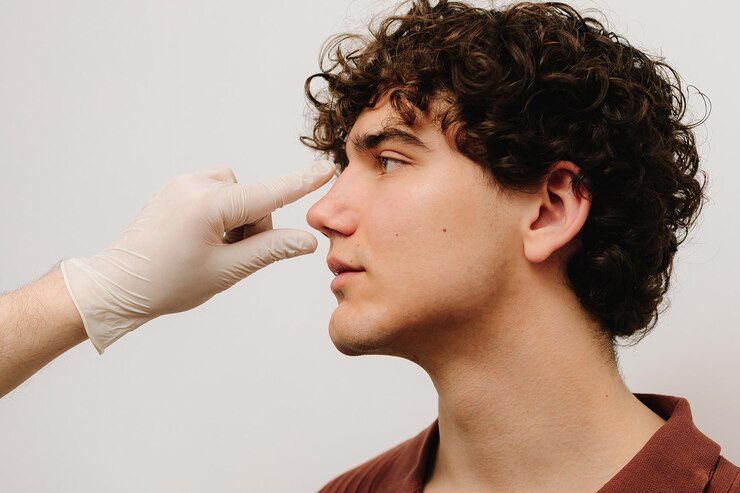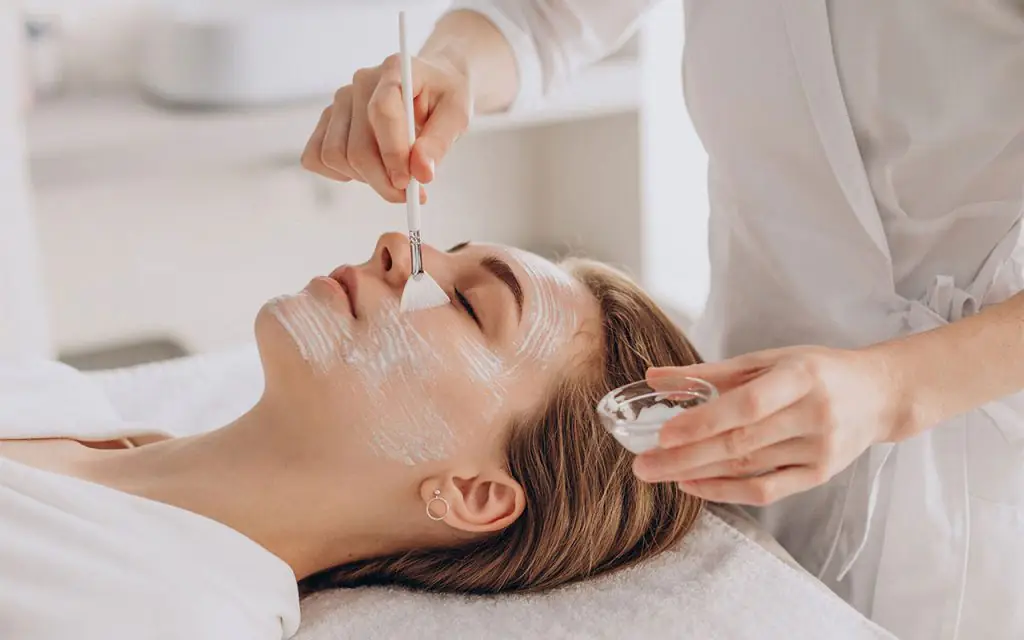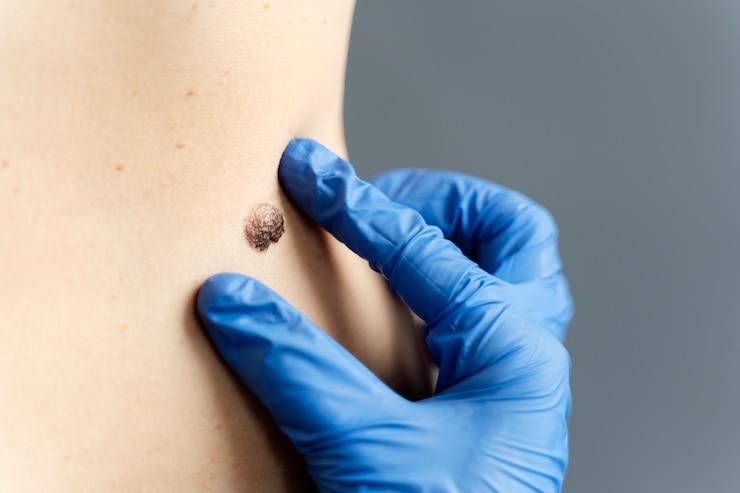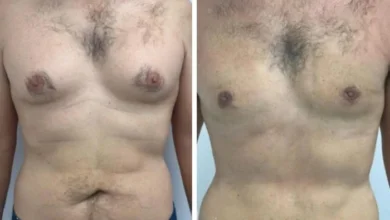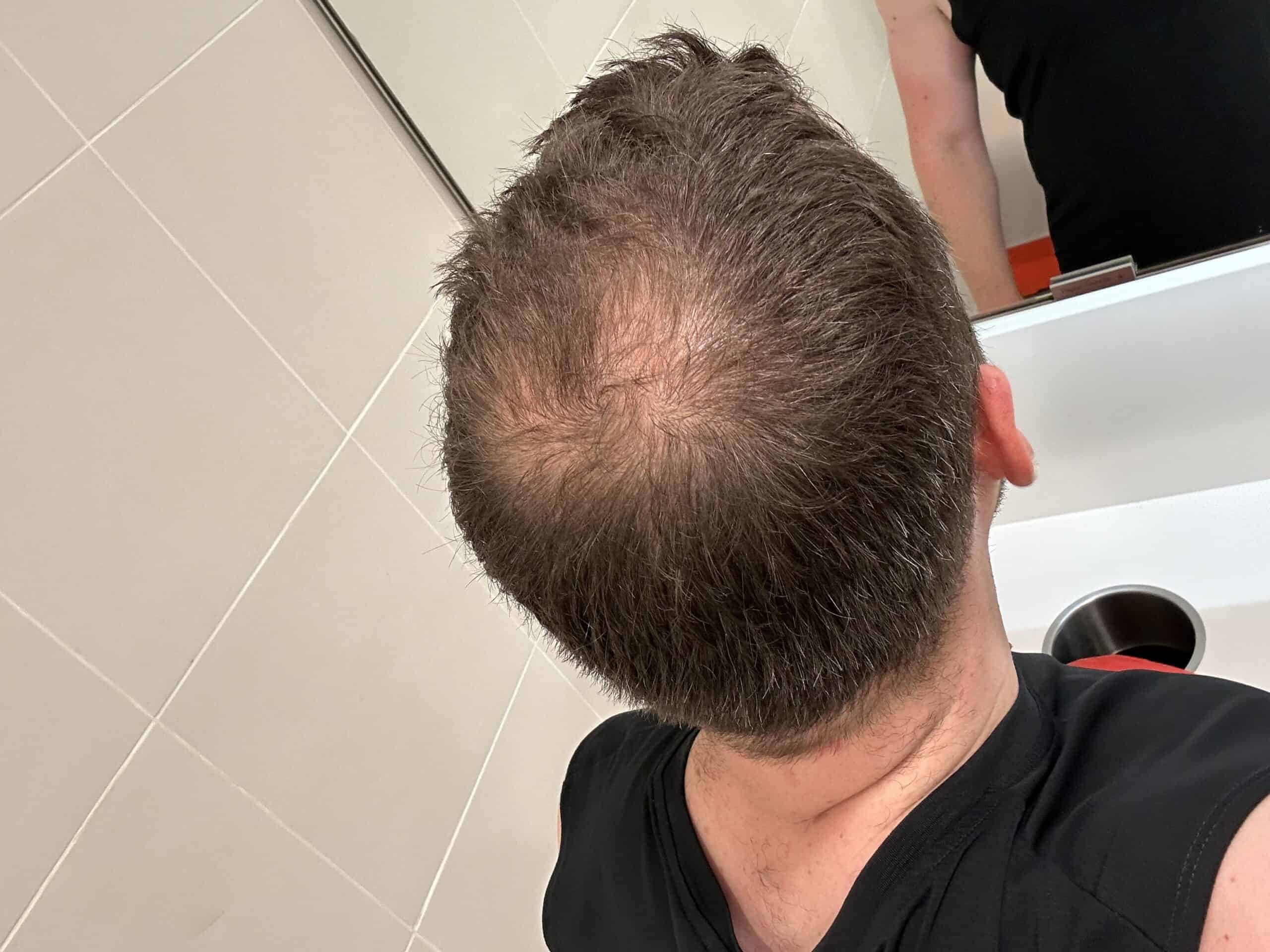
Hair loss is one of the most common concerns faced by men and women across the world, with crown hair thinning being one of the most noticeable forms. The crown, or the top part of the scalp, often experiences a gradual loss of hair density, which can significantly impact confidence and self-esteem. Fortunately, medical advancements now provide long-lasting solutions to restore natural hair and bring back confidence. At Dynamic Life Clinics, individuals dealing with crown hair loss can explore permanent, tailored treatments designed to achieve natural-looking results.
Understanding Crown Hair Loss
Crown hair loss, often referred to as vertex thinning, occurs at the back of the scalp, where hair tends to become thinner over time. Unlike receding hairlines, crown thinning is usually more diffuse and spreads gradually. This type of hair loss is commonly associated with:
- Genetics: Hereditary hair loss is the leading cause.
- Hormonal changes: Dihydrotestosterone (DHT) plays a major role in weakening hair follicles.
- Aging: Natural aging reduces hair growth cycles.
- Stress and lifestyle: Poor nutrition, stress, and lack of sleep contribute to crown thinning.
- Medical conditions: Thyroid imbalance, anemia, or scalp disorders can worsen the condition.
Why Crown Hair Loss is Different
Crown hair loss is often more challenging to manage compared to frontal thinning because of:
| Factor | Crown Hair Loss | Frontal Hair Loss |
|---|---|---|
| Visibility | Becomes noticeable in different lighting or angles | Visible from the front instantly |
| Pattern | Circular or diffuse thinning | Linear or M-shaped recession |
| Treatment Needs | Requires high-density restoration | Often lower graft requirement |
| Progression | Can spread outward in a spiral pattern | Progresses backward gradually |
Signs You May Be Experiencing Crown Hair Loss
Identifying crown hair loss early is key to successful treatment. Some common signs include:
- Visible thinning at the crown in photographs or mirrors
- Increased scalp exposure in natural or bright light
- Difficulty styling hair to cover thinning areas
- Gradual reduction in hair volume and density
Permanent Solutions for Crown Hair Loss
Modern dermatology and hair restoration techniques provide permanent solutions to crown thinning. Below are the most effective options:
Hair Transplantation
Follicular Unit Extraction (FUE):
- Minimally invasive technique
- Individual hair follicles are transplanted from donor sites to the crown
- Natural, permanent results with minimal scarring
Follicular Unit Transplantation (FUT):
- A strip of hair is taken from the donor area
- Dissected into grafts and implanted into the crown
- Best suited for extensive crown thinning
Platelet-Rich Plasma (PRP) Therapy
- Uses the patient’s own plasma rich in growth factors
- Stimulates inactive follicles and promotes hair growth
- Works well for early-stage crown thinning
Advanced Laser Therapies
- Non-invasive, pain-free treatment
- Improves scalp circulation and follicle health
- Can be combined with other procedures for better results
Scalp Micropigmentation (SMP)
- Cosmetic option for those with extensive hair loss
- Creates the illusion of thicker hair by depositing pigments on the scalp
- Ideal for individuals not opting for surgery
Benefits of Choosing Permanent Crown Hair Loss Solutions
- Natural appearance: Treatments blend seamlessly with existing hair.
- Boost in confidence: Restores youthful look and self-esteem.
- Minimal downtime: Most procedures are minimally invasive.
- Long-term investment: Permanent results with proper care.
Lifestyle & Care Tips After Treatment
To maintain long-lasting results, post-treatment care plays a vital role.
| Do’s | Don’ts |
|---|---|
| Follow doctor’s aftercare instructions | Avoid scratching or rubbing treated scalp |
| Use mild, prescribed shampoos | Stay away from harsh chemical products |
| Maintain a healthy, balanced diet | Avoid smoking and excessive alcohol |
| Manage stress through relaxation techniques | Do not expose scalp to direct sunlight post-surgery |
FAQ’s
Is crown hair loss reversible without medical treatment?
No, genetic crown hair loss is not reversible naturally. However, early intervention with therapies like PRP or laser treatments may slow the process.
How long do hair transplant results last?
Hair transplant results are permanent since the transplanted follicles are resistant to DHT, the hormone responsible for hair thinning.
Does crown hair loss progress faster than hairline recession?
Not necessarily. The progression rate varies by individual, but crown hair loss often spreads in a circular pattern, making it harder to notice until it becomes significant.
Who is a good candidate for crown hair restoration?
Individuals with sufficient donor hair, stable hair loss patterns, and overall good health are the best candidates.
Can lifestyle changes alone stop crown thinning?
Lifestyle changes can improve scalp health and slow hair loss, but they cannot reverse hereditary thinning without medical or surgical intervention.
Conclusion
Crown hair loss can affect both appearance and confidence, but modern treatments offer permanent and natural-looking solutions. Whether through advanced hair transplantation, PRP therapy, laser treatments, or scalp micropigmentation, individuals now have the opportunity to restore not only their hair but also their self-assurance. By seeking expert care and maintaining healthy post-treatment habits, long-lasting results can be achieved.


